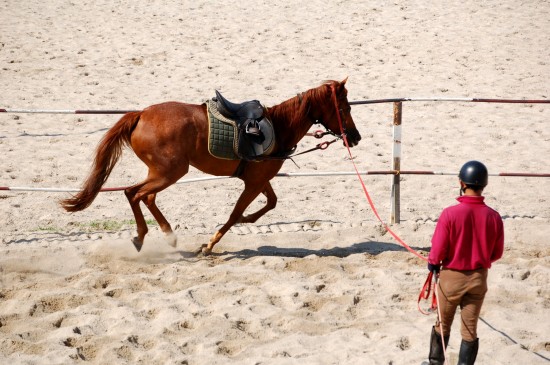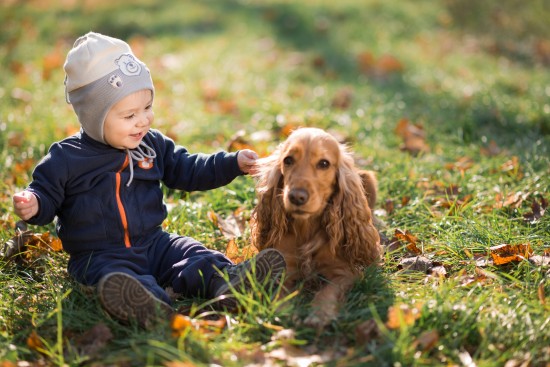
Understanding and responding appropriately to your hamster's body language will help you be more sensitive to the moods of your pet and will also help you have a more enjoyable friendship with him. Recognizing certain signs in body language can also aid in the taming process with your hamster. You do not want to continue handling or playing with your hamster if he is showing signs of stress or fear.
Body language can also help you understand if there is an issue between hamsters housed in the same cage or aquarium. If you can recognize the signs, you can prevent serious injury or death to the weaker, less dominant hamster.
One way you can tell if your pet is nervous or fearful is if he begins to wash his face. This is a sign that your hamster is stressed and is trying to perform a habitual activity in order to calm himself. (Think of it as the hamster equivalent of playing with your hair.)
Some hamsters will urinate or defecate when frightened or when they feel threatened. This can cause a bit of disgust when the hamster is being held by the owner! If your hamster gets this frightened, return him to his housing area immediately (but gently) and speak softly to him to try to calm him down.
Your hamster may also flatten himself close to the ground or cage floor or attempt to run away. This often happens when first trying to tame your hamster and your pet is not used to being held. It can also happen when you wake your hamster up in order to play. He can and will try to make it more difficult for you to pink him up by becoming as close to the ground (or cage floor) as possible. If this happens, do not attempt to pick him up or to hold him - this is not a good time. If you continue to try to pick him up, you risk stressing him further, and stress is not good for the health of a hamster. Instead, offer him a treat and speak softly. Try again later, when he is not as upset.
Biting is an obvious sign that this is not a good time to play with your hamster. Again, this often happens when you are first trying to tame your hamster, but is can happen anytime. (As a side note, if a normally docile hamster begins to consistently bite and be aggressive, you should look for signs of illness or pregnancy - this could be indicative that things are not right with your pet. If it is just an occasional incident, chalk it up to your pet having a bad day.)
Hamsters are not usually very social animals, and even hamsters from the same littler raised together will fight, often with lots of squeaks and noise. It is important to look for signs of extreme mistreatment in hamster groups because hamsters can and do severely injure each other sometimes even to the point of death. If you notice a hamster that cowers in one spot while the others are feeding and playing, this might be a sign that he is the submissive member of the group. Check the hamster for injuries. If it continues, you should remove the less dominant hamster for his own safety. The others might be unwilling to let him eat.
In conclusion, checking body language is a great way to be more "in tune" with the needs of your pet, and can be crucial to their health and well-being.
 Lipomas And Liposarcomas In Dogs
Lipomas And Lipos
Lipomas And Liposarcomas In Dogs
Lipomas And Lipos
 High quality freeze dried fish for your fishes makes an excellent choice of healthy food
High quality freeze dried fish for your fishes makes an ex
High quality freeze dried fish for your fishes makes an excellent choice of healthy food
High quality freeze dried fish for your fishes makes an ex
 Horses - Show Time And How To Get Fit
Horses - Show Tim
Horses - Show Time And How To Get Fit
Horses - Show Tim
 Keeping Your Children Safe Around Your Dog
Keeping Your Chil
Keeping Your Children Safe Around Your Dog
Keeping Your Chil
 How To Feed A Dog After A Bout Of The Runs
How To Feed A Dog
How To Feed A Dog After A Bout Of The Runs
How To Feed A Dog
Copyright © 2005-2016 Pet Information All Rights Reserved
Contact us: www162date@outlook.com